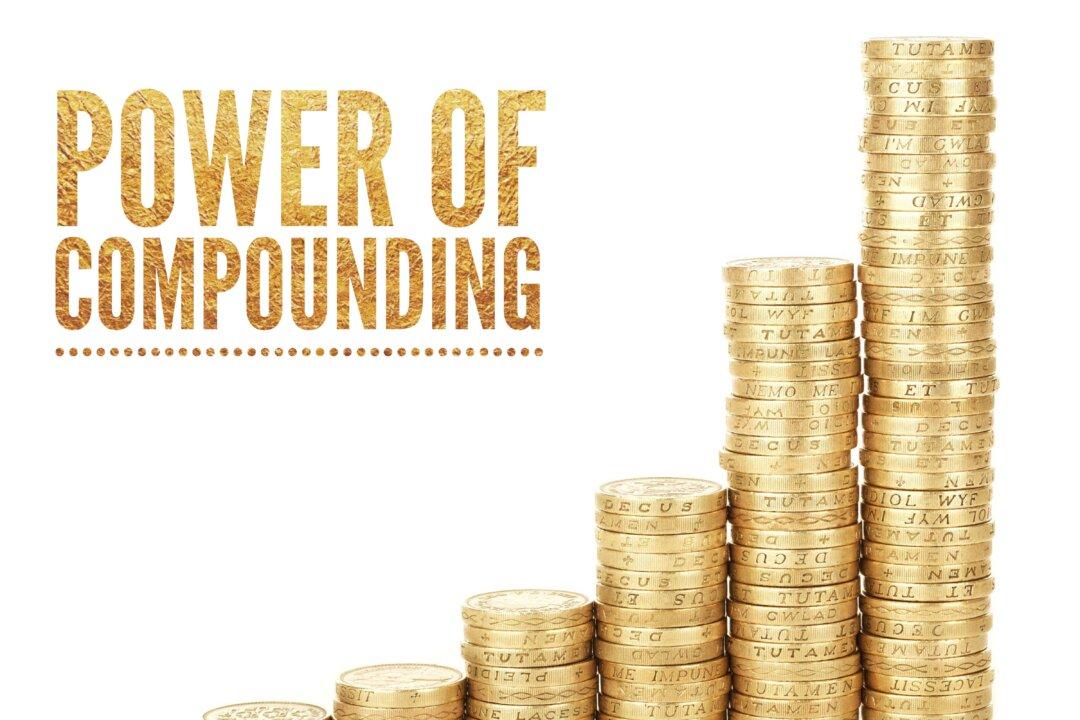We will all come to that point in our lives when we stop working for a living, and need to rely on whatever sources of income remain. Those sources could be savings, interest, Social Security, even rents from properties purchased earlier.
As the cost of living increases, so will the amount we will need to continue our accustomed standard of living when retirement rolls around. We can start early and build savings, but it is the compounding effect of interest that will expand our total savings far above the amount we set aside.






